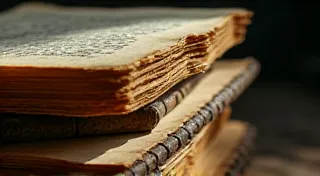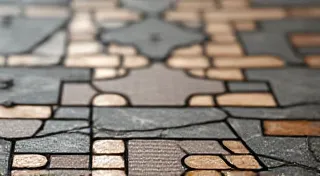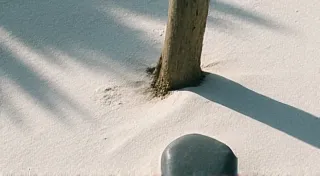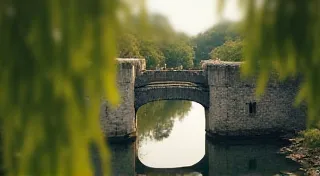The Palette of Decay: The Art of Patina in Architectural Materials
There's a peculiar beauty in things that age. Not a manufactured, styled “vintage,” but the genuine, slow, inevitable shift of matter as it interacts with time and environment. We see it in the cracked glaze of an antique teacup, the mellowed tone of a well-loved instrument, and, profoundly, in the surfaces of buildings. This alteration, this quiet conversation between material and atmosphere, we call patina. It's far more than just dirt or wear; it's a record, a story etched into the very fabric of our built world. And it's a beauty that, increasingly, we risk losing in our pursuit of pristine perfection.
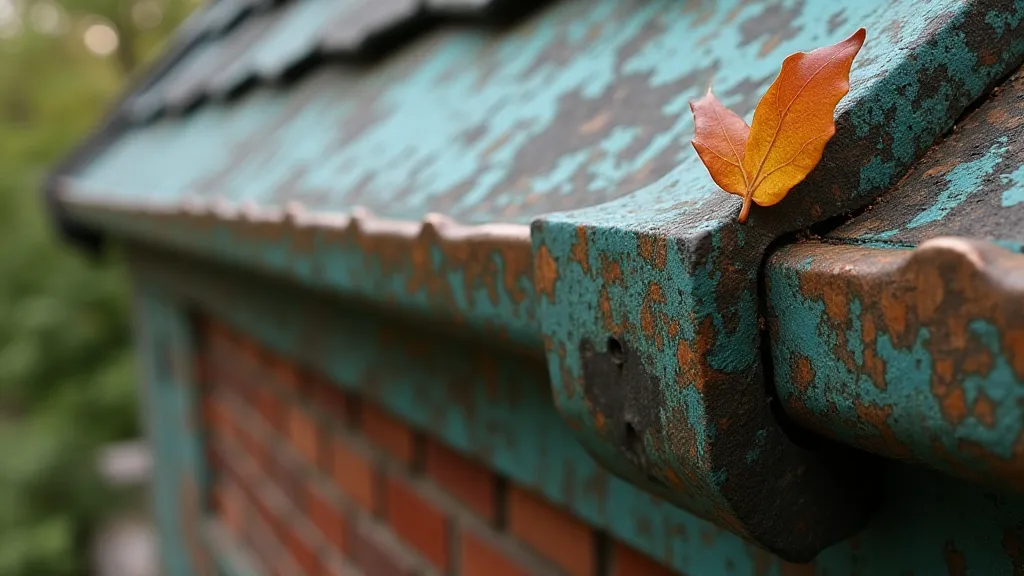
Beyond Wear and Tear: Understanding Patina
The word “patina” originates from the Latin “patina,” referring to the green coating on bronze statues. Initially, it was a derogatory term, highlighting the disfigurement of the artwork. But over time, our perception shifted. We began to see the patina not as a flaw, but as an integral part of the object's history, a testament to its endurance. The process itself differs depending on the material. Copper develops that familiar verdigris – a complex mixture of copper salts and carbonates. Iron rusts, transforming into hues of orange, red, and brown. Stone weathers, softening its edges and revealing layers of sediment. Wood grey’s, a result of UV exposure and microbial action.
It's important to differentiate patina from simple grime. Grime is a superficial layer of dirt and pollutants. Patina is a chemical alteration of the material itself. Think of an old violin. The varnish, having mellowed and cracked over decades of use, contributes to the instrument’s rich, resonant tone. That’s patina. Dusting it off wouldn’t restore its sound; it would simply remove a layer of its history.
A Story Etched in Stone and Brick
Consider the ancient Roman Forum. The travertine stone, once gleaming white, is now honeyed and softened by centuries of sun, rain, and wind. The faint traces of carvings, the subtle depressions worn by countless footsteps – these aren't imperfections; they are echoes of a vibrant past. The same holds true for countless historical buildings worldwide. The brick façades of Philadelphia row houses, the sandstone walls of Scottish castles, the limestone temples of Greece – each bears the marks of time, telling stories of construction, use, and enduring presence.
I remember visiting a crumbling chapel in rural Italy, a place largely forgotten by tourists. The stone walls were thick with moss and lichen, the mortar crumbling, the roof sagging. It wasn't a picture of neglect in the negative sense; it was a portrait of resilience. The layers of accumulated grime, the softened edges of the carved capitals, the faint scent of damp stone – it all spoke of a continuity stretching back centuries. It was a profoundly moving experience, a tangible connection to a world long gone.
The Craftsmanship of Time
The beauty of patina isn’s solely a product of natural processes. Early builders were often keenly aware of how materials would age and deliberately chose techniques to influence the outcome. Lime washes applied to brickwork would naturally weather to a soft, earthy tone. Traditional stucco finishes, rich in lime and aggregates, would develop a subtly textured surface that softened over time. Even the way stone was quarried and dressed could affect its aging process.
The loss of these traditional building techniques is a tragedy. Modern construction often prioritizes uniformity and longevity, resulting in buildings that, while structurally sound, lack the character and depth of older structures. The relentless pursuit of “new” often blinds us to the inherent beauty of aging, of the slow, deliberate process of transformation.
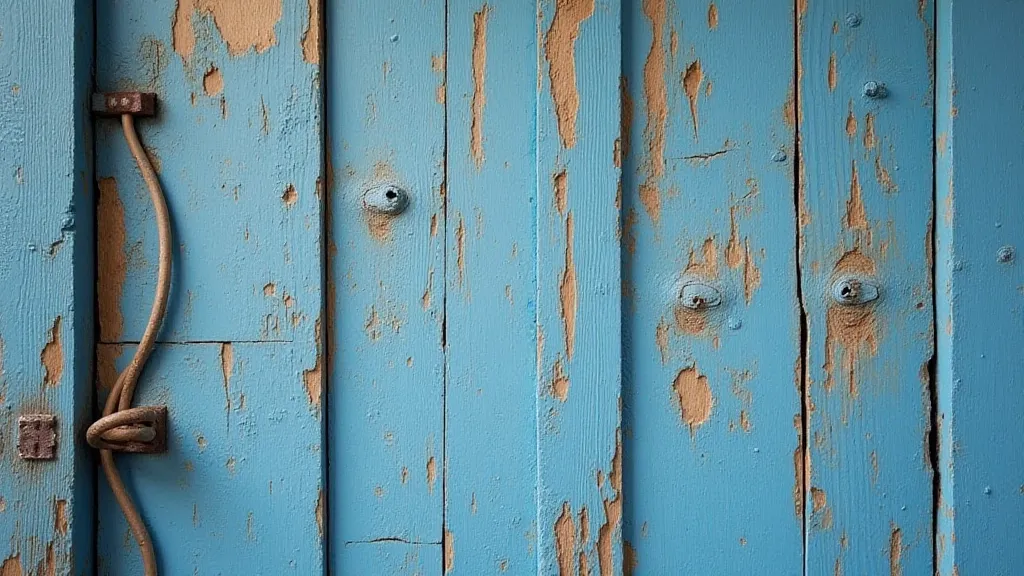
Restoration vs. Preservation: A Delicate Balance
The question of how to deal with aging buildings is complex. Restoration – returning a building to its original condition – can be a worthy goal in some cases. But in others, it can erase a vital part of its history. Preservation, on the other hand, aims to protect a building in its existing state, allowing it to age naturally, to continue accumulating patina.
There’s a school of thought that argues against aggressive cleaning and repainting. While removing harmful pollutants is undoubtedly important, a careful approach should be taken to avoid stripping away the patina that has developed over decades, even centuries. Sometimes, the most responsible course of action is simply to let nature take its course, to allow the building to continue its quiet conversation with the elements.
Collecting Patina: Beyond the Building
The appreciation for patina extends beyond the realm of architecture. Antique furniture, old tools, even musical instruments – all acquire a patina that adds to their value and appeal. There’s a certain satisfaction in handling an object that bears the marks of time, in feeling a connection to the hands that used it before. It’s not about owning a pristine object; it's about possessing a piece of history, a tangible link to the past.
I'm an amateur collector of antique accordions. Each one I acquire carries its own story etched into its ivory keys, its worn bellows, its faded mother-of-pearl inlays. The subtle discolouration of the keys, the slight warping of the wood – these aren’t flaws; they’re signs of a life well-lived, of music played and shared. Trying to “restore” an accordion to its original factory condition would be an act of vandalism, a denial of its history.
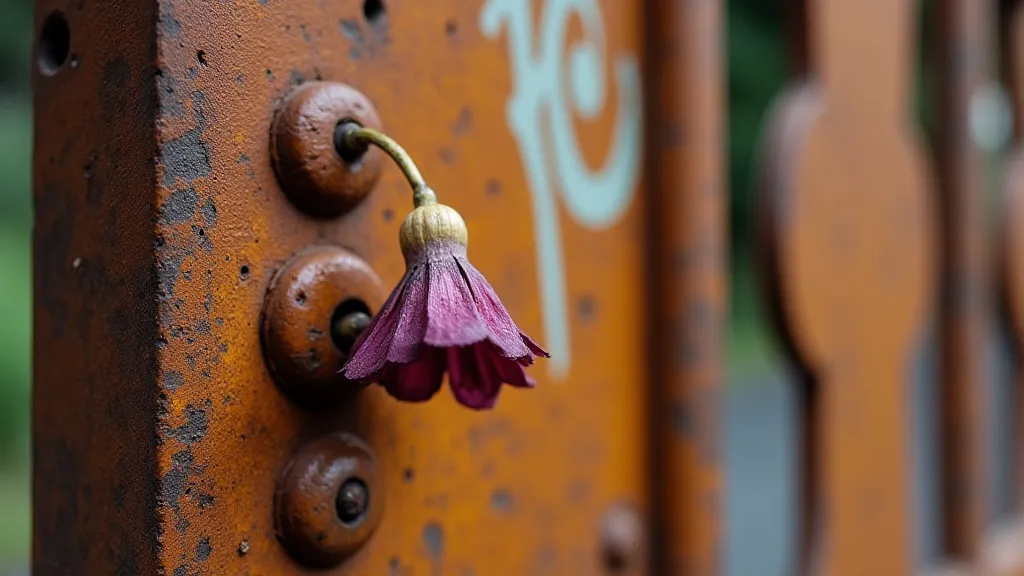
A Lost Art to Reclaim
Perhaps the greatest lesson we can learn from patina is the importance of embracing imperfection. In a world obsessed with novelty and instant gratification, we need to rediscover the beauty of aging, of the slow, deliberate process of transformation. Let’s learn to appreciate the character and depth that patina brings to our built environment, and to recognize that these marks of time are not flaws to be corrected, but stories to be cherished. It’s a lost art, a way of seeing the world that we need to reclaim, before it disappears entirely.

